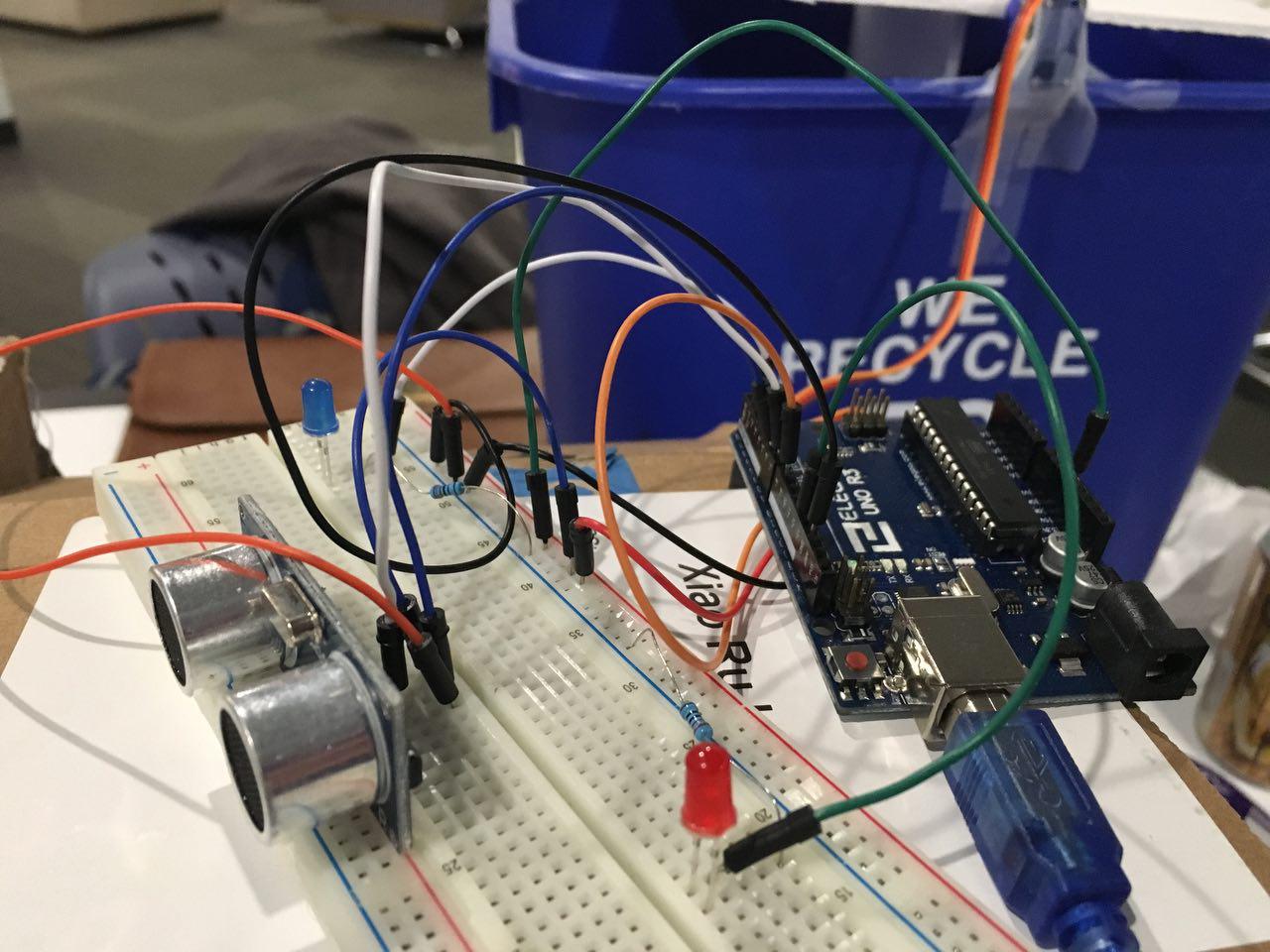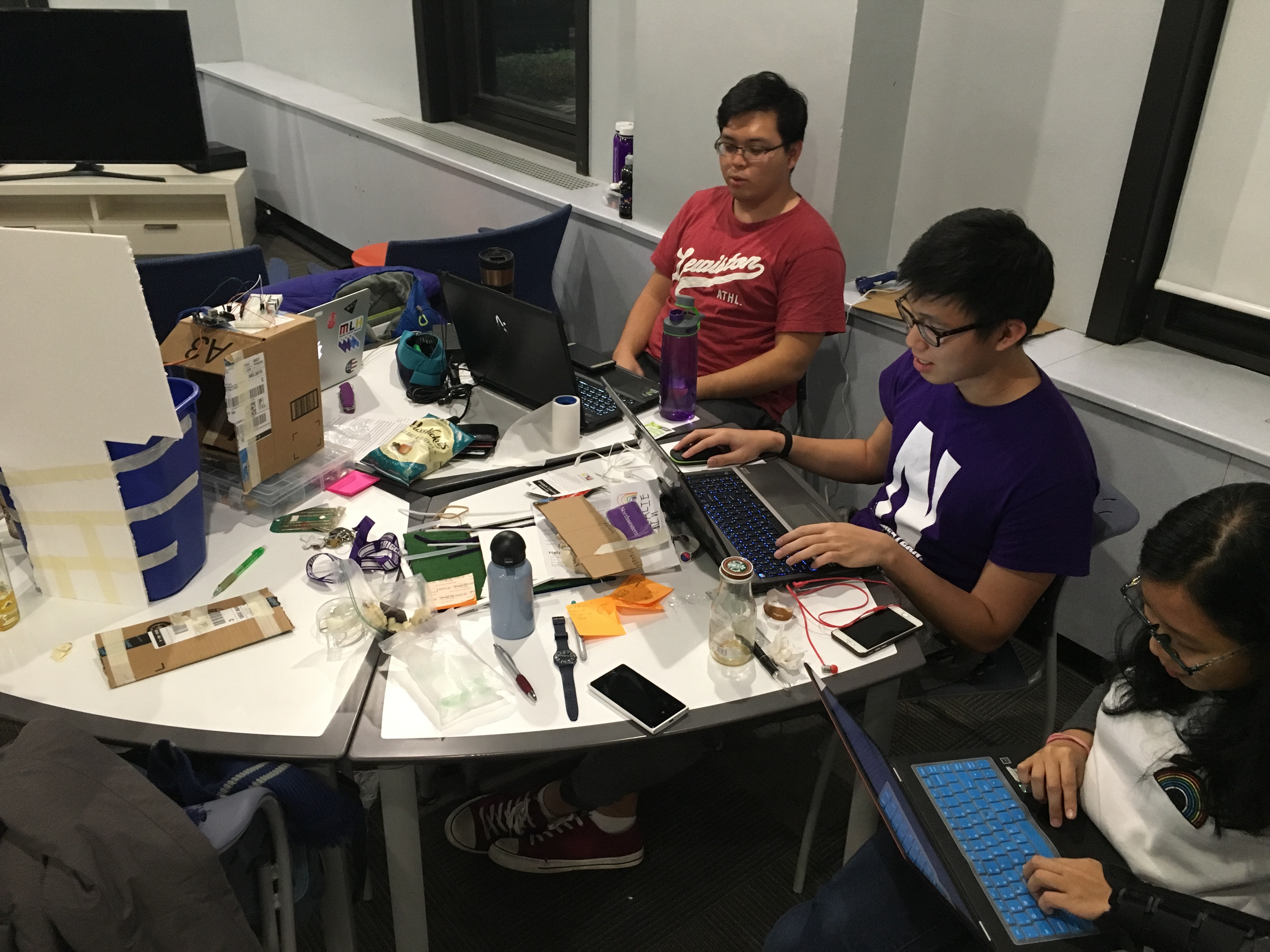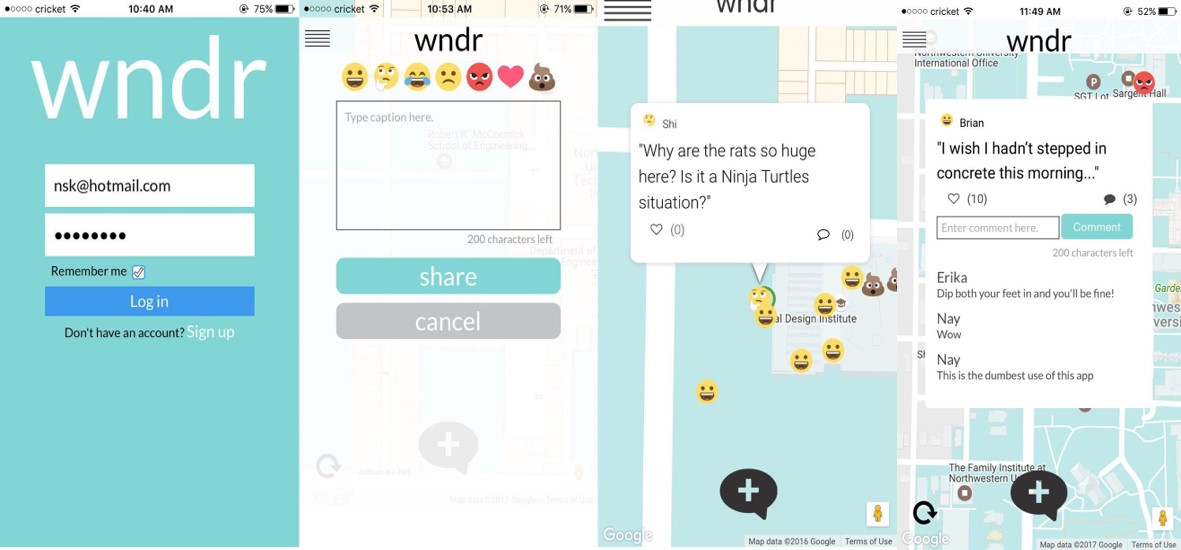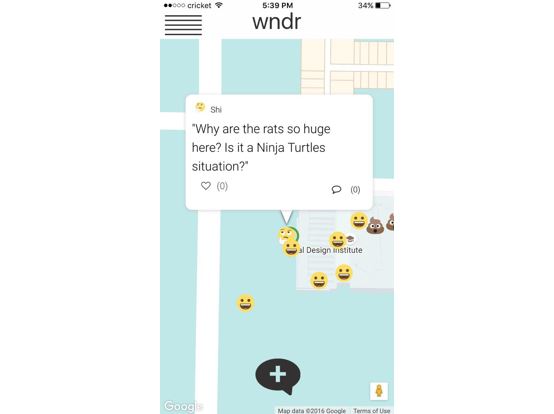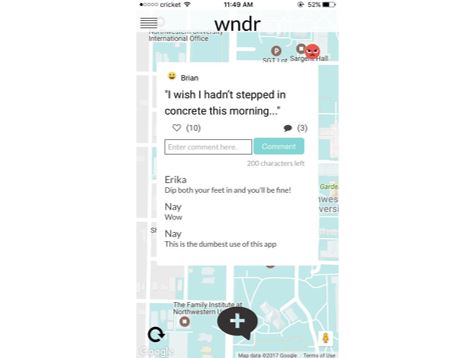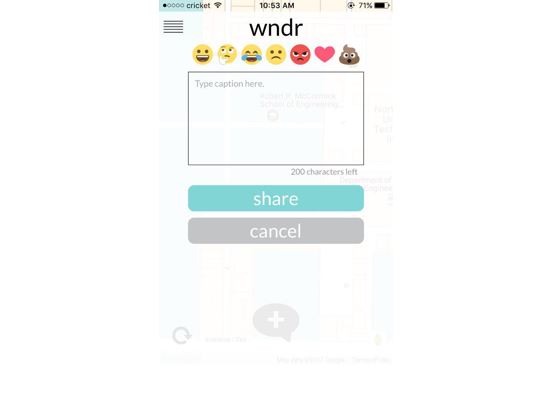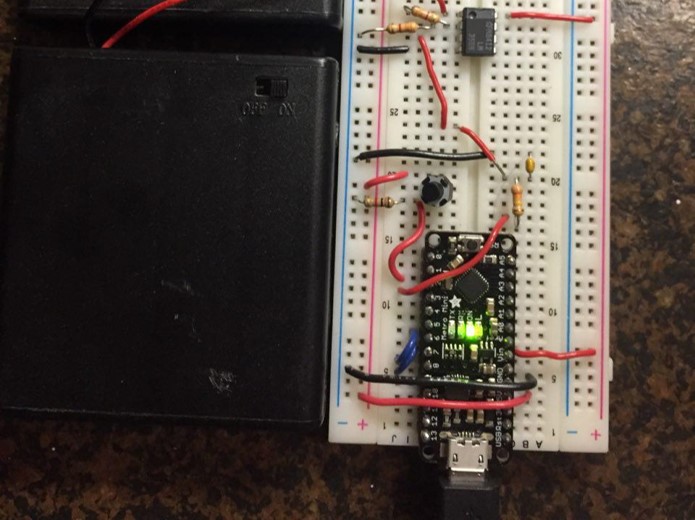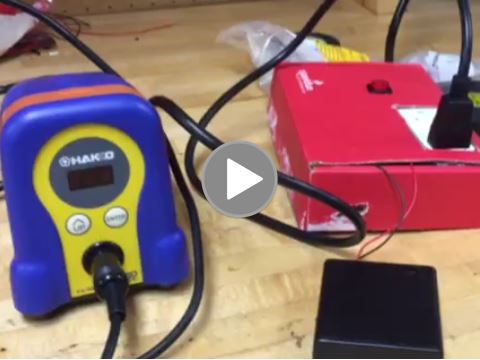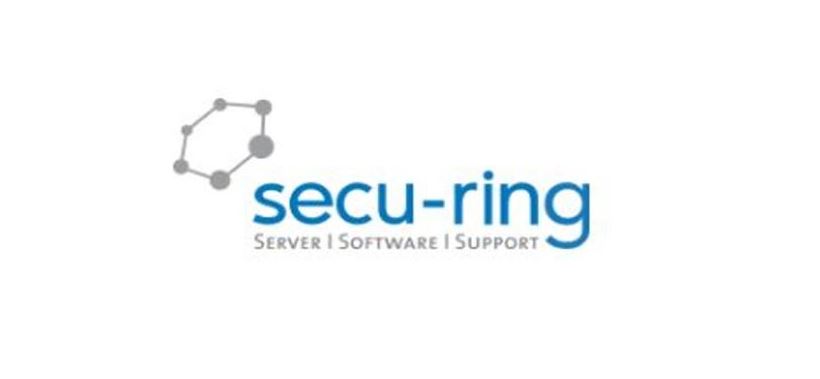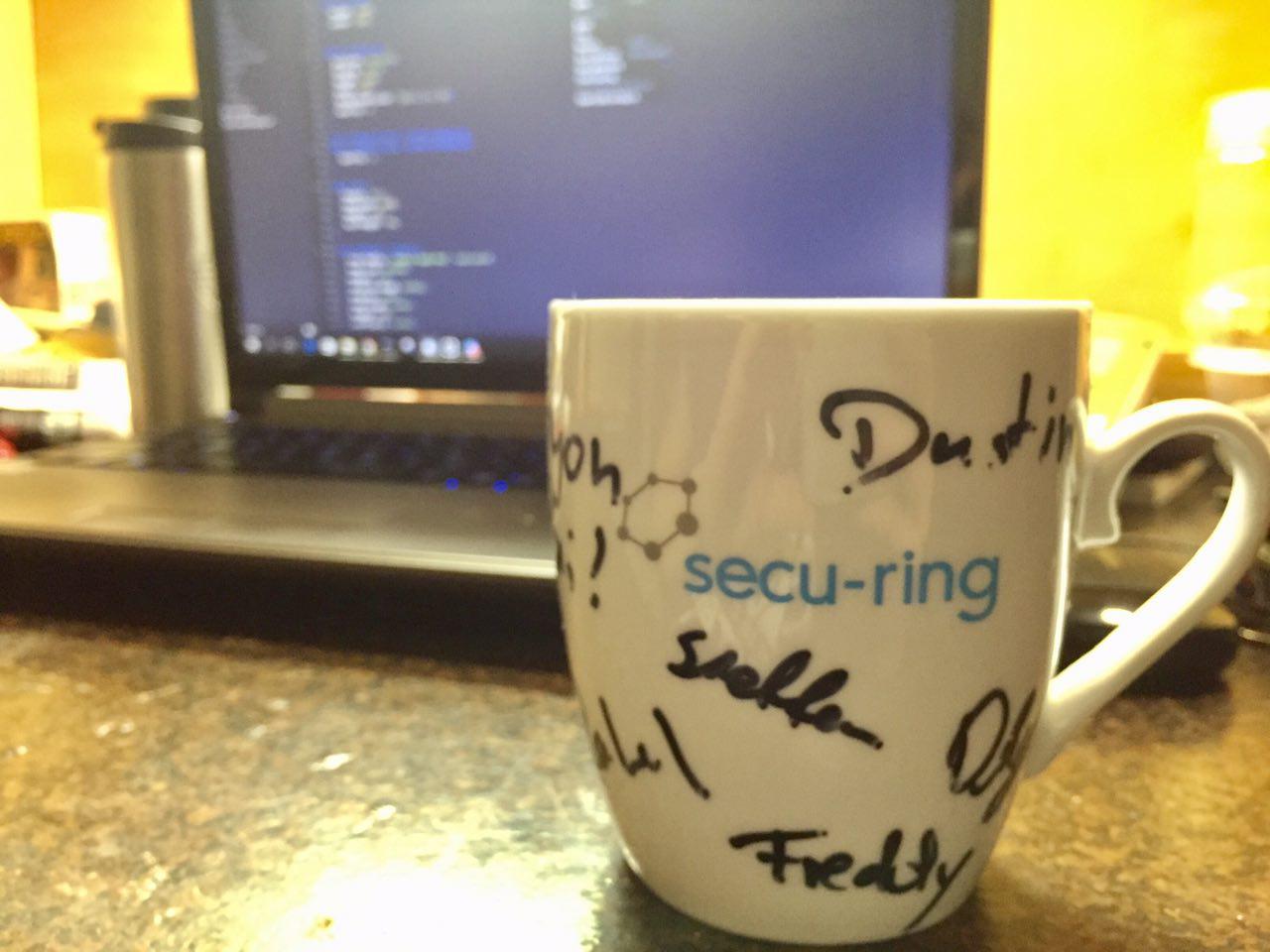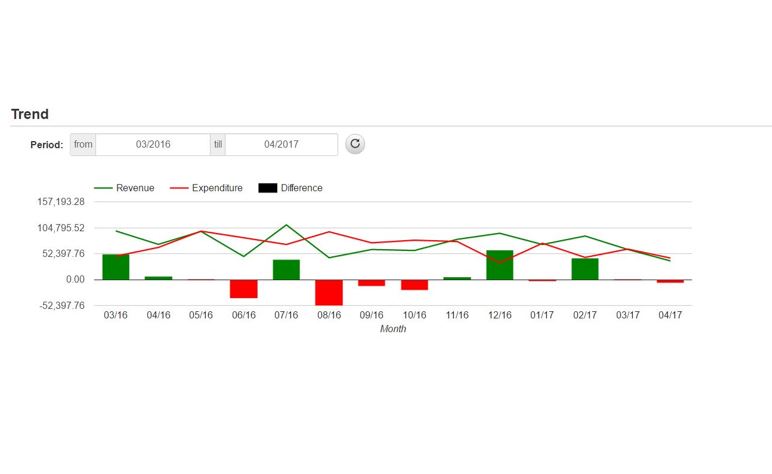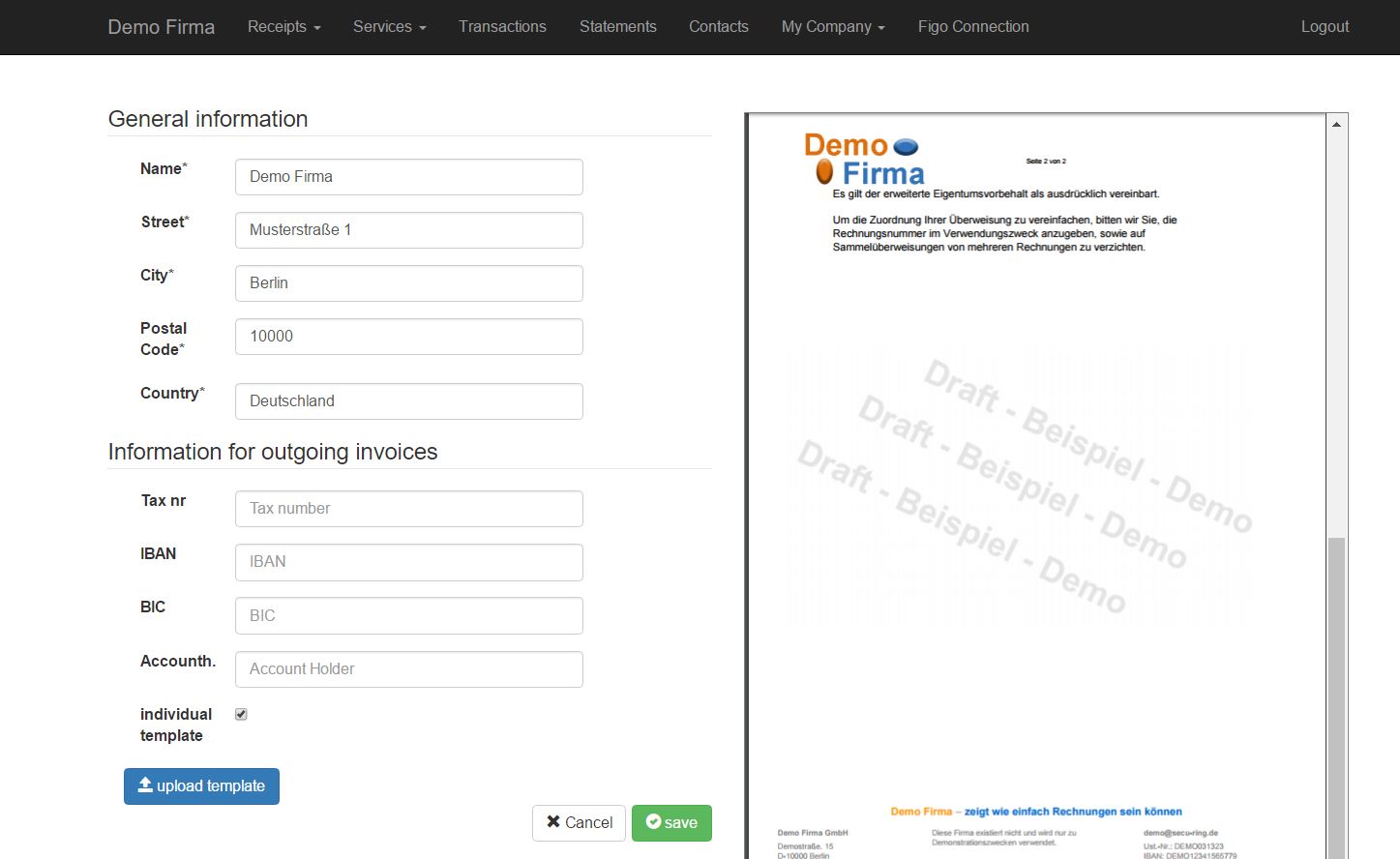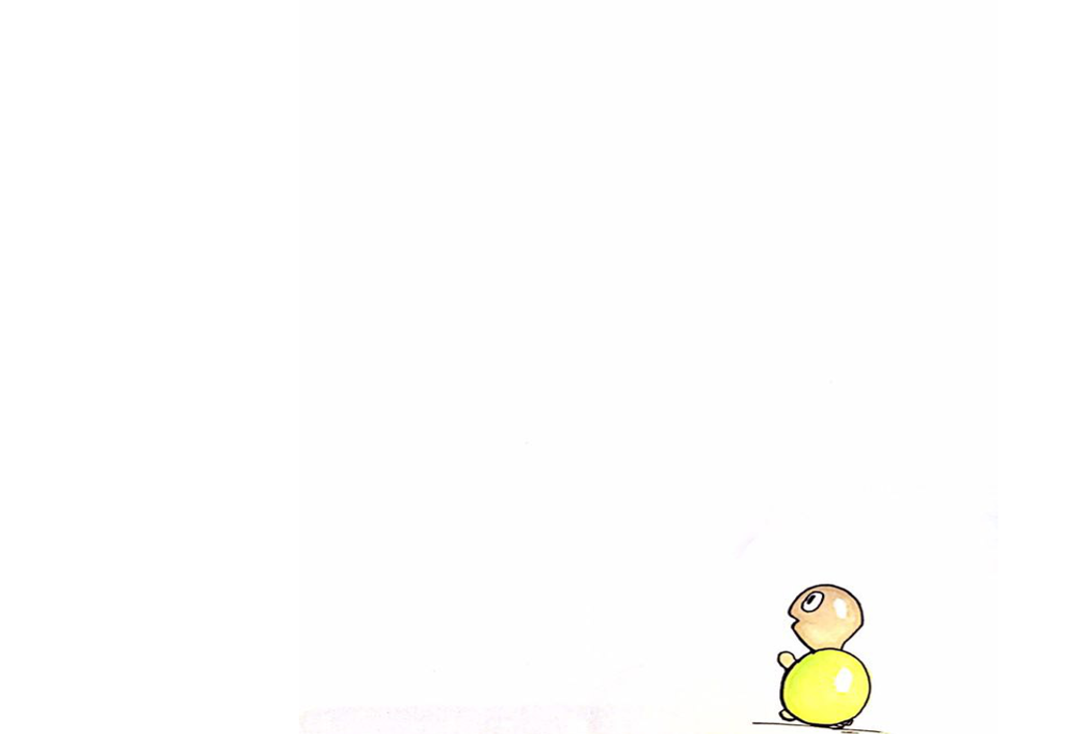
The smart waste sorting bin
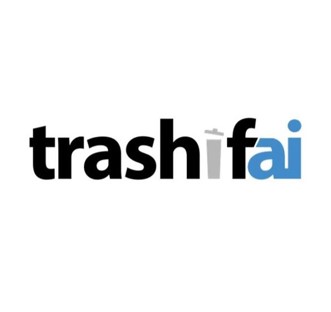

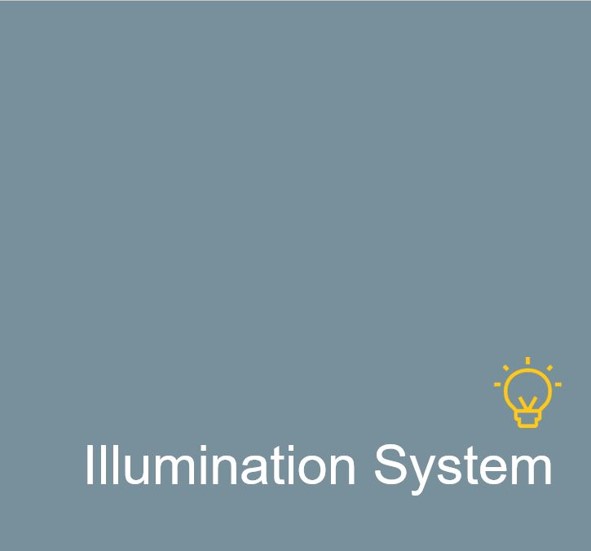
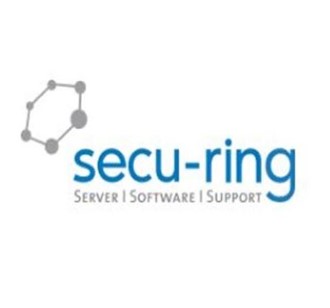
The Smart Trashbin
Trashifai was conceptualized by my team during Wildhacks : 2016, a hackathon organized by Northwestern University that attracted more than 400 participants.
Trashifai is a smart waste sorting bin that detects and identifies waste being discarded into the bin. It then determines if the waste is recyclable and sort it accordingly.
Trashifai was built on Clarifai, an image-recognition software built on artificial intelligence, and Arduino for hardware interface.
Find out more about Trashifai here.
Lessons Learnt
Programming in Angular JS, HTML and CSS
Design Thinking and Prototyping
Drawing Inspiration from Personal Experience
The 48 hour time limit forces us to ideate and prototype quickly. Over the course of brainstorming, I have learnt to ideate solutions by drawing inspiration from my personal experience.
Initially, we could not brainstorm effectively to identify a potential problem that we want to solve. However, we eventually conceptualized Trashifai by looking back at our past experiences.
Trashifai was inspired by our experience in Germany, where they take recycling seriously. We found it difficult to determine if an object was recyclable; for instance, although pizza boxes are made of cardboard, they cannot be recycled since they are soiled with grease and food items.
Thus, we created a smart waste bin to help us identify the recyclables and sort them accordingly.
My role in the team comprised of creating a mobile application that allows users to take a photo of the trash and identify if it is recyclable, hardware prototyping, and creating our team website.
Geo-based Social Media App
Wndr is a geo-based social media application developed by our team of three. The idea was conceptualized and tested by our clients and we implemented the software.
Wndr allows users to post their current thoughts along with an emoji to depict their emotions in their current locations. Other users can then view thoughts nearby and either like or comment on them, generating a discussion thread.
This software was built on the steroid supersonic framework as a hybrid application using angular JS and HTML.
Lessons Learnt
AGILE software project management techniques
Learning AGILE
Our team had trouble adopting AGILE principles initially. We could not identify areas of improvement and were slow on adapting new working processes.
Over time, as we improved team communications and became more open to new ideas, we managed to adopt AGILE principles more effectively.
Through this, I learned to be flexible and conduct introspection to identify areas of improvement and problems before they escalate into more severe ones.
Designing a Lighting Support System
Illumination is a capstone design project. Our team of 5 were tasked with designing a lighting support and control system for our client's experiment setup.
The designed support system allows the light to translate across the horizontal plane above the experimental setup.
The electrical control system allows the light's brightness to be varied and automates the toggling of the light.
Lessons Learnt
Design Thinking and Prototyping
Dealing with Uncertainties
The design of the support system required mechanical engineering knowledge, which I had not been exposed to before. Thus, I had to do extensive research before I could contribute effectively in design meetings.
This project has also allowed me to learn about design thinking processes such as brainstorming techniques and rapid prototyping.
I oversaw the circuitry and Arduino code design of the control system, and the lack of electronics knowledge made this a hard task. After some fruitless research, I consulted the lab assistant for advice, and managed to build the circuitry successfully eventually.
With the circuitry design complete, the coding of the Arduino was an easy task, since I have coding experience in Arduino.
I gained confidence in dealing with uncertainties and learned about design thinking through this project.
Summer Internship in Berlin
Secu-ring is a Web development and server management firm in Berlin, Germany. During the summer of 2016, I was recruited as a software development intern and was assigned to a web development project.
I was tasked with implementing various front-end and back-end functionalities of 'Billing WebServices', an internal accounting tool.
Find out more about Secu-Ring here.
Lessons Learnt
AGILE software project management techniques
Importance of Work Culture
The difference in work culture and language barrier made it hard for me to integrate into the company successfully.
However, the friendly environment in the company and weekly lunch get-togethers helped me bond with the team.
I experienced AGILE project management in a corporate environment. I realised that the key factor to ensure the effectiveness of AGILE project management was organization culture.
Employers must be flexible and open to criticism, while employees must be willing to voice their own opinions for AGILE to be effective.
Thus, it is important to change the organization culture first before implementing any project management techniques.
Techniques that suit one organization may not be effective in other organizations unless the work culture can adapt to the demands of the project management technique.

